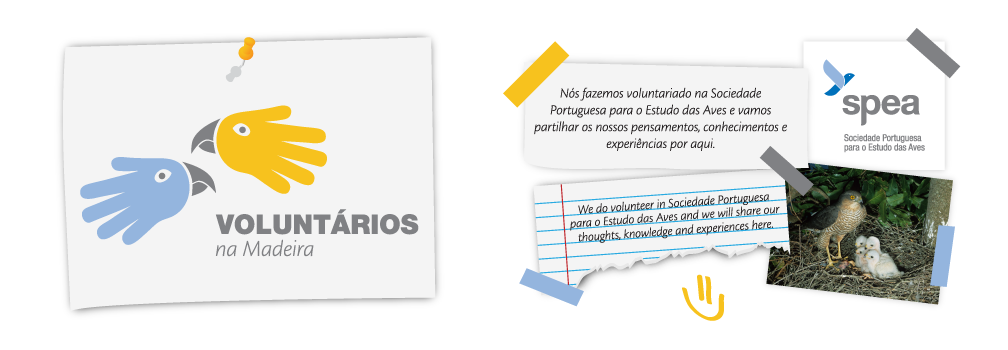Notícia sobre as aves marinhas
Parte
do meu trabalho na SPEA consiste em compilar e escrever notícias
para publicar no facebook e as que dizem respeito às aves marinhas
são, sem dúvida, as minhas favoritas. Assim sendo, vou partilhar
aqui convosco uma dessas notícias que refere alguns dos perigos que
as aves marinhas enfrentam em terra.
 |
| Ninho de Cagarra Calonectris borealis na Selvagem Grande |
 |
| Ninho de Cagarra Calonectris borealis na Selvagem Grande |
As
ameaças às aves marinhas não ficam apenas pela poluição dos
oceanos, elas também enfrentam problemas em terra. Nas suas áreas
de nidificação há cada vez mais intrusão humana, causada pelo
aumento da procura de atividades de carácter recreativo, científico
e de desenvolvimento. Estas atividades podem ter efeitos negativos na
sobrevivência dos reprodutores individuais, bem como consequências
a longo prazo no que diz à respeito à resistência das colónias.
Para as crias que se encontram no ninhos, a presença humana pode
causar stress, comprometendo o seu desenvolvimento do sistema
imunológico.
 |
| Calca-mar |
 |
| Cria de Calca-mar |
Contudo, a sensibilidade à perturbação humana difere de espécie para espécie. As distâncias críticas de reação e as suas respostas comportamentais associadas variam de acordo com a espécie e com a ameaça percebida.
News about seabirds
Part of my work at SPEA consists on writting news to publish on facebook and the ones about seabirds are definetly my favourites, so I am going to share here with you one of those news that mentions some of the dangers seabirds face on land.
 |
| Cory's shearwater Calonectris borealis nest in Selvagens Islands |
 |
| Cory's shearwater Calonectris borealis nest in Selvagens Islands |
Threats to seabirds go beyond ocean pollution, they also face dangers on land. In their nesting areas human intrusion is constantly increasing, caused by the demand for recreational, scientific and development activities. These may have negative effects on the survival of individual breeding animals, as well as long-term consequences for the resistance of colonies. The human presence can also cause stress for the young ones in the nests, compromising the development of their immune system.
 |
| White-faced Storm-petrel Pelagodroma marina |
 |
| Young White-faced Storm-petrel Pelagodroma marina |
However, sensitivity to human disturbance differs from species to species. Critical response distances and their associated behavioral responses vary according to species and perceived threat.
Learn more about these impacts at http://datazone.birdlife.org/human-disturbance-at-seabird-colonies-has-a-range-of-impacts



















